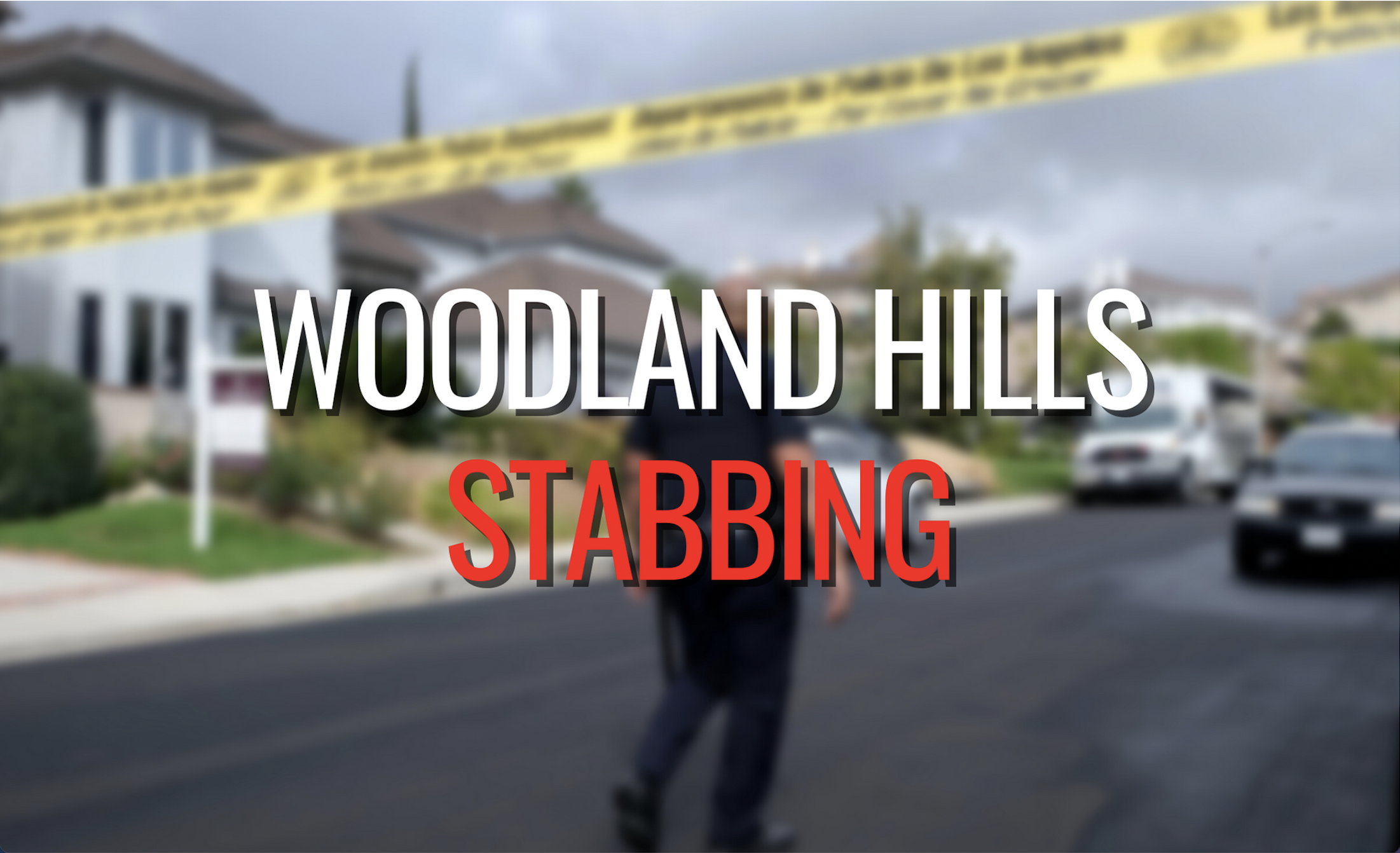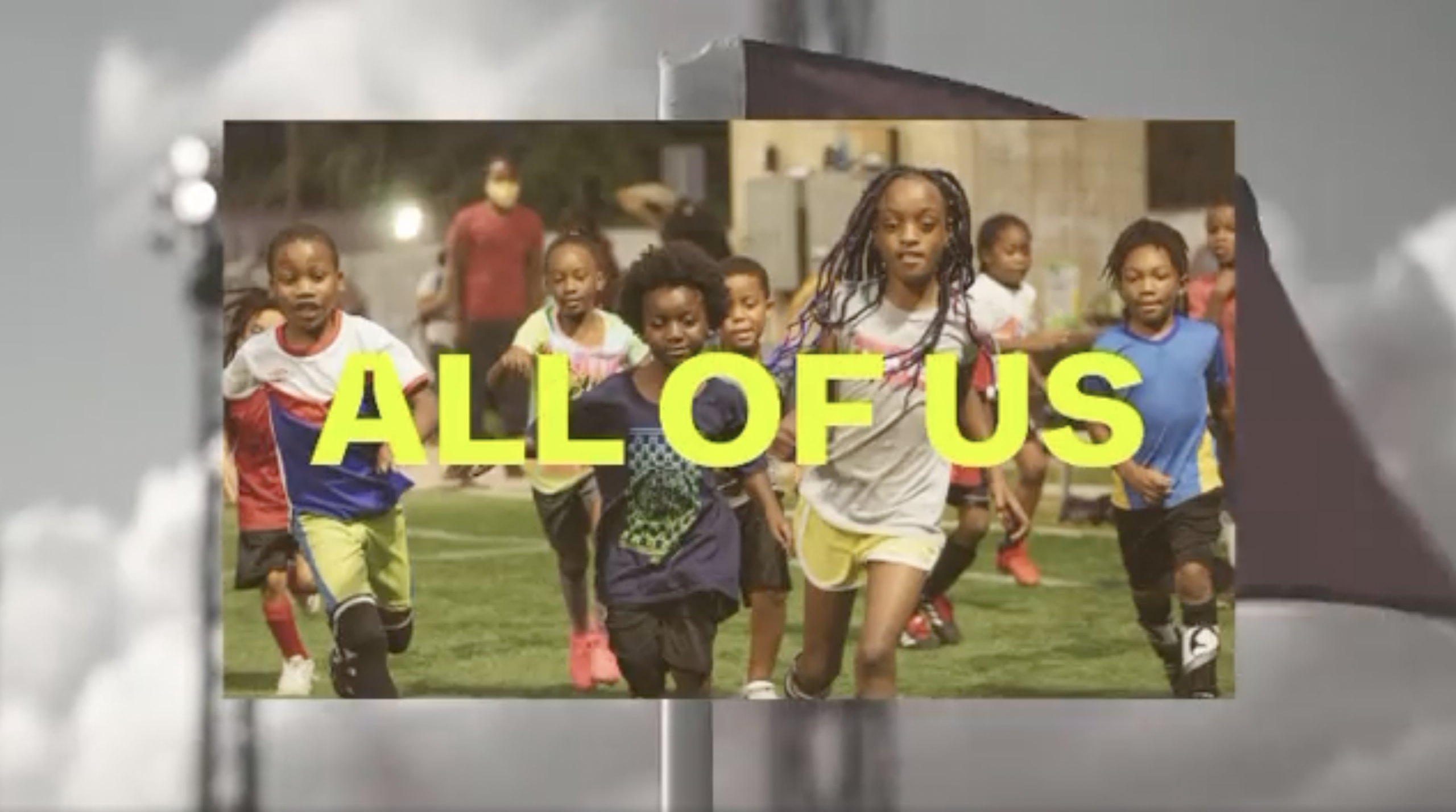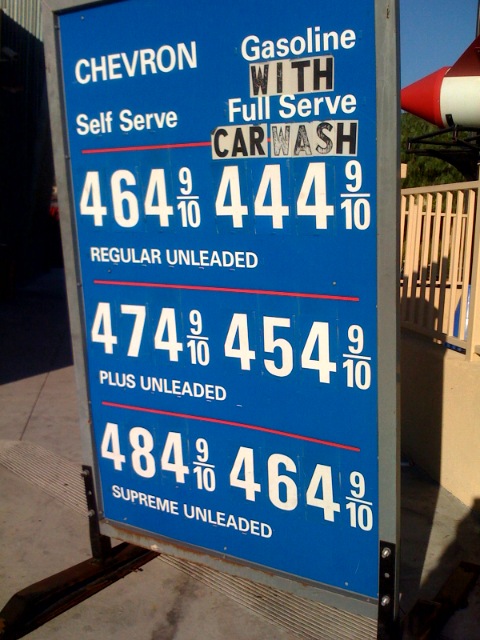The number of coronavirus patients in Los Angeles County hospitals continues to fall, declining from 670 on Saturday to 656, according to state figures released Sunday.
The number of those patients in intensive care remained the same at 202.
It was the 36th time in the past 41 days that the number of COVID patients in county hospitals declined, down from a summer peak of nearly 1,800 brought on by the more contagious Delta variant.
The latest hospitalization numbers came one day after the Los Angeles County Department of Public Health reported 1,195 new cases of COVID-19 and 28 additional deaths, bringing the county’s cumulative totals to 1,469,790 cases and 26,308 deaths since the pandemic began.
Officials have said that about 90% of the fatalities associated with COVID-19 occurred in people with underlying health conditions.
Saturday’s test positivity rate was 0.93%.
The health department also reported that between Aug. 29 and Sept. 25, unvaccinated Black and Latinx people had the highest case rates with 587 to 594 new cases per 100,000 people. Across all racial and ethnic groups, infection rates among unvaccinated people remained two to three times higher than among vaccinated people.
Black residents also had the highest hospitalization rates among both vaccinated and unvaccinated residents, with a rate of 62 hospitalizations for every 100,000 unvaccinated people, 27% higher than the rate in the next highest group, Latinx residents.
Among unvaccinated people, white residents had the highest death rates of all groups, followed closely by Latinx and Black residents.
“The higher rates of hospitalization and death among Black and Latinx residents is a tragedy that reflects longstanding inequities in access to the resources that promote good health and prevent chronic illness,” Public Health Director Barbara Ferrer said. “As we approach cooler weather and the accompanied substantial disease spread, these numbers are a reminder of the importance of remaining focused on bringing the vaccine to unvaccinated individuals, especially those with risk factors associated with social and economic inequities that increase their risk of severe illness. The end of the pandemic is directly related to our collective behavior.”
Friday marked the first full day of new COVID-19 vaccination requirements for employees and customers at indoor portions of bars, wineries, distilleries, nightclubs and lounges in Los Angeles County. Employees and patrons of such businesses must show proof of at least one dose of vaccine, while two doses will be required beginning Nov. 4.
Unvaccinated customers and employees can still be in outdoor portions of affected establishments.
Meanwhile, people aged 12 and over attending outdoor mega-events of 10,000 or more people are now required to show proof of either full vaccination or a negative COVID test taken within 72 hours. The requirement affects ticketed sporting events, outdoor concerts and theme parks that have 10,000 or more people in attendance.
Mask-wearing is also be required at all such events.
The vaccination-or-testing requirement was already in place for large indoor events of 1,000 people or more.
“We commend all the businesses and venues complying with the new vaccine verification requirements,” Ferrer said in a statement. “Because unvaccinated people are five times more likely to get infected with COVID-19 and 23 times more likely to be hospitalized, creating more safety at worksites, large events and indoor establishments is best accomplished when most people are vaccinated.”
On Thursday, Ferrer said the county has seen an encouraging uptick over the past month in vaccinations among some key younger age groups.
The county still has persistent vaccination gaps among ethnic groups, with only 54% of Black residents and 63% of Latino/a residents having received at least one dose, compared to 72% of white residents and 82% of Asians.
“Although we continue to have large gaps in vaccination between age and racial and ethnic subgroups, this last month has brought some success, especially among younger residents,” Ferrer said. “… The greater increases were among our young American-Indian/Alaska Native residents, but we also saw great increases in vaccination among Black and Latinx youth and Black adults aged 30 to 49.”
Ferrer said vaccination increases among younger residents could be the result of mandates for school students, but the approaching winter holidays could also be prompting families to get their kids inoculated.
“I think a lot of parents are saying, `You know, getting ready for the holidays, I want you vaccinated,”‘ she said. “… We’ve all lived through a devastating winter last year, so I think there’s a lot greater push from family members for their teens to get vaccinated.”
Overall, 78% of eligible county residents aged 12 and up have received at least one dose of vaccine, while 70% are fully vaccinated. Of the county’s overall 10.3 million population, including 1.3 million kids under age 12 who are ineligible for the shots, 67% have at least one dose, and 60% are fully vaccinated.
But Ferrer said the pace of vaccines remains slow, with only about 45,000 first doses administered over the past week.







